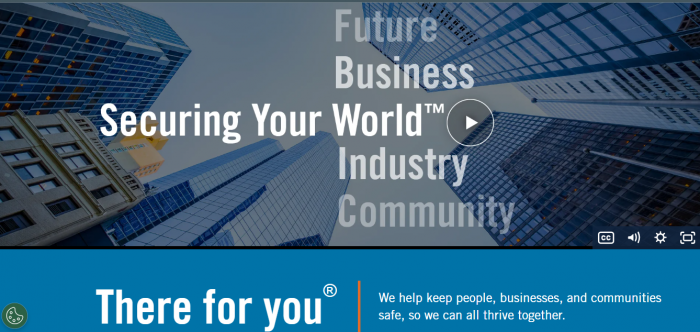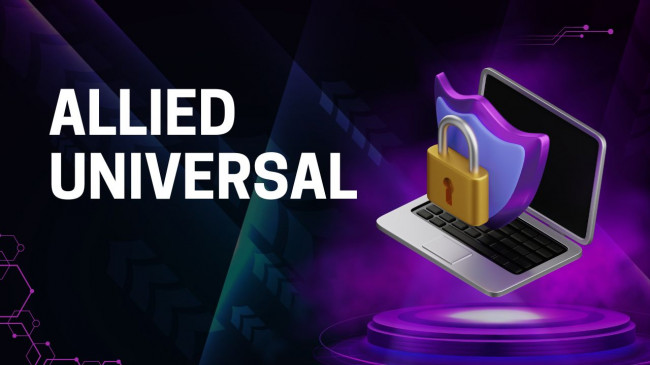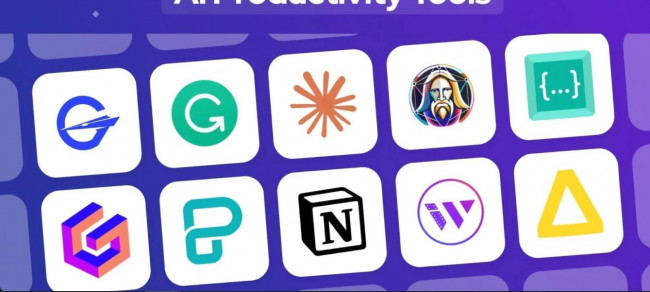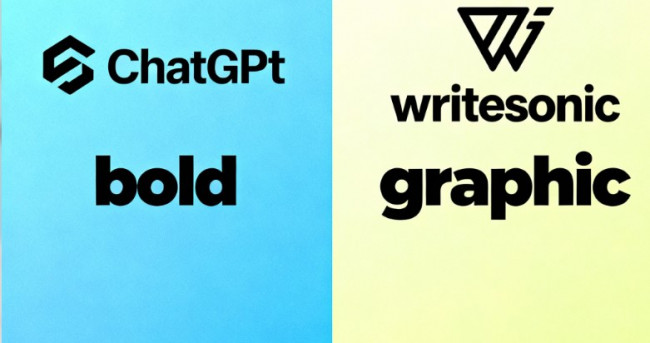It’s almost impossible to talk about the security services industry in 2025 without mentioning Allied Universal.
The company has become synonymous with scale, operating in over 100 countries and employing nearly 800,000 people worldwide. That’s not just impressive; it’s reshaping what private security even means in a world driven by data, AI, and compliance pressure.
But beyond the numbers, what exactly does Allied Universal do, how is it growing, and how do employees and clients really feel about it? Let’s unpack what the data and user feedback actually say.
A Look at the Numbers: Size, Reach, and Market Position
Allied Universal’s official profile describes it as “a leading security and facility services company with a global footprint spanning more than 100 countries.”
Wikipedia and LinkedIn echo that claim, listing roughly 770,000 to 850,000 employees, putting AU among the largest private employers in North America and one of the top 10 globally.

Those numbers alone give AU the kind of operational scale few competitors, even Securitas or Brinks, can match. Yet, as the company itself suggests, that size brings responsibility: managing cultural differences, regulatory compliance, and workforce engagement across continents.
Allied Universal’s size directly influences how it manages acquisitions, employee experience, and technology rollouts, topics we’ll dig into next.
The Power Moves: Mergers, Money, and Market Strategy
Allied Universal isn’t just big; it’s bold. Over the past few years, it’s built its empire through aggressive acquisitions, including the major G4S merger in 2021. That move alone extended AU’s reach deep into Europe, the Middle East, and Africa.
By 2025, AU is reportedly generating close to $20 billion in annual revenue, maintaining an estimated 26% U.S. market share, a figure supported by industry sources such as Security Magazine and Forbes analyses.
Its 2025 portfolio of acquisitions includes:
- Pinnacle Security (expanding risk consultancy)
- Diversified Maintenance Systems (facility management)
- Clear Security / Soltes Technology (integrated surveillance)
- CDA/Maxsent (government contracts and high-trust environments)
These buyouts explain how AU evolved from a security guard provider into a multi-layered risk management company, something its service suite now reflects.
From Guards to Global Systems: Services That Redefine “Security”
Walk through AU’s official service listings, and you’ll see how it’s repositioned itself. Security guarding is now just one slice of a much broader ecosystem that includes:
- AI-driven patrol systems via the HELIAUS® platform
- Compliance and risk advisory
- Emergency response planning
- Cyber-physical integration for smart facilities
- Specialized event and government security
The HELIAUS platform, described as a “smart-workforce management system,” reportedly reduced incidents at client sites by 200% and cut operational costs by 15%. (source: Allied Universal news)
Meanwhile, internal upskilling through The EDGE employee program led to over 18,000 internal promotions in a single year, reflecting AU’s investment in professional development as much as in technology.
These innovations tie directly into AU’s broader strategy , blending people, technology, and process into one integrated command model.
The People Behind the Uniform: Employee Insights
Every company talks about culture. AU’s difference is how visible that conversation is online.
A quick scan through Glassdoor reviews and Indeed feedback paints a mixed but telling picture.
Common positives:
- Reliable pay schedules and opportunities for promotion.
- High diversity and inclusion scores (recognized among America’s Greatest Workplaces for Women, 2025).
- Structured training programs for guards, tech, and management staff.
Frequent criticisms:
- Workload intensity and inconsistent local management.
- Pay variation depending on region and contract type.
- Limited advancement opportunities at lower levels.
A Reddit user in r/securityguards summarized it candidly:
“It’s stable work if you know what to expect, but not for everyone. It’s big, corporate, and very process-driven.” (source)
These realities reflect the challenge of running a workforce that rivals a small nation, balancing structure, culture, and frontline experience simultaneously.
Sector Presence: From Hospitals to Airports
Allied Universal’s industry coverage is massive. The company claims presence across:
- Healthcare & Pharmaceuticals – compliance and patient safety support.
- Airports & Transportation – passenger flow management and security audits.
- Retail & Hospitality – on-site security and loss prevention.
- Government & Utilities – infrastructure protection and risk management.
Its LinkedIn updates frequently showcase sector-specific wins, such as expanding smart surveillance projects in U.S. airports and new client partnerships in healthcare logistics.
Each of these sectors feeds into AU’s next big transformation, the move toward Security as a Service (SECaaS).
Industry Shift: Security as a Service (SECaaS)
The traditional security model, guards, gates, and patrols, is giving way to subscription-based, data-driven security.
According to Security Magazine, the SECaaS market is projected to grow from $18.8 billion in 2024 to $54.4 billion by 2033, and AU’s scale gives it a front-row seat.
Through its Unified Command Centers, the company integrates IoT sensors, predictive analytics, and AI monitoring, effectively creating an on-demand global security infrastructure.
It’s the same logic that drives modern cloud services: scalability, data insights, and automation. And in that sense, Allied Universal isn’t competing only with other guards, it’s competing with the future itself.
Financial Weight & Operational Reality
While AU’s 2025 revenue figure (estimated around $20 billion) comes largely from internal reporting and industry projections, it’s worth noting that transparency remains limited due to private ownership. Analysts estimate the U.S. market share at roughly 26 %, though figures vary slightly by source.
Regardless, its acquisition velocity and global portfolio position AU as one of the few companies influencing security industry standards and employment trends at a national scale.
AU’s market dominance amplifies scrutiny, from clients, regulators, and even its own employees. Transparency, sustainability, and local responsiveness will define its long-term credibility.
Public Perception: Reviews and Reality Check
Across Yelp, Glassdoor, and Indeed, the company averages 3.3 to 3.6 stars out of 5 , indicating a moderately positive but uneven employee and client experience.
Positive themes:
- Quick response from management in critical incidents.
- Flexible shift structures for on-site teams.
- Solid job security.
Critical themes:
- “Corporate sprawl” leads to communication gaps.
- Regional inconsistencies in leadership style.
- Burnout in high-pressure contracts.
It’s a pattern common in mega-enterprises; efficiency comes with bureaucracy.
The Big Picture: Where Allied Universal Fits
Taken together, AU’s story is less about dominance and more about transformation. It’s no longer just a guard company; it’s a hybrid of security, technology, and facility management, essentially redefining what a “security service” looks like in the modern economy.
From its AI-powered HELIAUS platform to its training ecosystem and vast acquisition network, every piece of Allied Universal’s model points toward one idea:
centralized security intelligence that spans physical and digital boundaries.
Final Reflection: Scale Meets Responsibility
Allied Universal’s global size gives it a commanding lead but also a heavy responsibility. It must continue proving that such a scale can coexist with responsiveness, transparency, and ethical employment.
In a world where risk and regulation evolve daily, AU’s success won’t just depend on contracts or acquisitions. It will depend on its ability to align innovation with integrity and to make its workforce feel like part of the mission, not just part of the system.








Comments